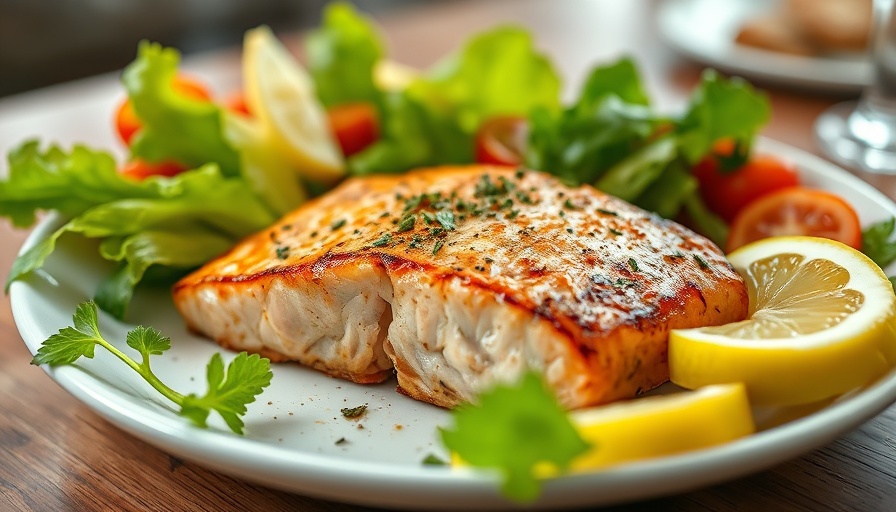
The Unexpected Dangers of Swallowing Foreign Objects
Foreign body ingestion, while sometimes amusing in theory, poses severe risks to health. The recent tale of a Florida thief swallowing Tiffany earrings to evade arrest highlights a critical health lesson: not every foreign object is easily digestible. In the United States, approximately 1,500 deaths occur yearly due to complications arising from foreign object ingestion. While stories of unlikely thieves make for entertaining headlines, they draw attention to a serious issue related to our health and wellness.
What Happens When You Ingest Something Wrong?
Most ingested foreign bodies are excreted naturally, but the statistics show that 10% to 20% of cases require medical intervention through endoscopy, and around 1% necessitate emergency surgery. The types of objects swallowed can vary greatly depending on age. For adults, fish or chicken bones are common culprits, while children often ingest coins and small toy parts. A startling case reported in Iran involved over 450 metallic items removed from a patient's digestive tract, underscoring the variety of dangerous objects that can become lodged in our bodies.
Why Size Matters: The Body's Limitations
The human esophagus accommodates a diameter of up to 3 cm, generally allowing for small items like earrings to pass without incident. However, larger items can cause tearing or perforation of the esophagus—an injury that bears a staggering 40% mortality rate without timely medical care. Understanding the anatomy of our digestive system reveals why certain objects can lead to critical situations. The stomach's distinctive J-shaped structure can trap larger foreign bodies at the juncture of the stomach and small intestine, creating a further hazard.
Health and Wellness: The Bigger Picture
This incident serves as a reminder to prioritizing health and wellness—not only from dietary choices but also from understanding how our bodies react to various situations. While the humorous image of a thief daringly consuming diamonds can be a lighthearted story, it underscores the risks that come with ingesting foreign objects, whether accidentally or otherwise. Practices in health and wellness communities emphasize education about household items, particularly for children, as a significant step toward preventing such risks.
Being Informed: Steps to Take
If you or someone you know has swallowed an object, it's crucial to act quickly. Seek medical attention if the person demonstrates any difficulty swallowing, persistent coughing, or pain in the throat or chest. Onlookers and community health initiatives can play pivotal roles in educating the public about the dangers of foreign object ingestion, arming individuals with knowledge about immediate actions to take. Identifying the symptoms early can often be the difference between a simple resolution and a medical emergency.
Emotional and Psychological Impact
For those who have experienced events related to foreign object ingestion, the emotional aftermath may include anxiety and fear about consuming food. Support from health coaches and wellness communities can ease these concerns, as they provide insights into maintaining a healthy lifestyle while addressing specific dietary practices that minimize risks. Education remains a powerful tool to cultivate a culture of awareness around health and wellness.
Conclusion: Be Mindful and Informed
As an individual ages or as children grow, the responsibility increases to educate those around us about health and wellness. From knowing which objects may pose risks to understanding the vital connection between our practices and our physical health, awareness is key. Embrace community health initiatives for access to resources like workshops or seminars focused on safety and awareness. The story of the thief who swallowed valuable jewels should remind us all of the very real dangers that can come from unusual ingestion, and inspire a conversation about proactive health measures.
 Add Row
Add Row  Add
Add 




 Add Row
Add Row  Add
Add 


Write A Comment